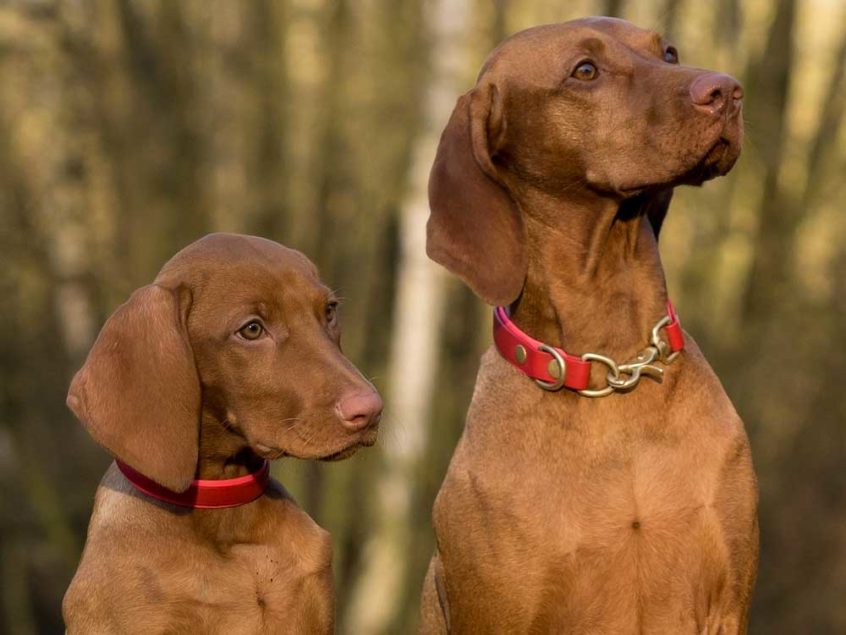Reprinted from: http://www.dogsnaturallymagazine.com
(NOTE: We talk about feeding raw meat a lot! There are so many benefits to feeding a raw diet that it’s impossible to list them all here. Click the image below to get our free Introduction To Raw Feeding Video Guide and get started feeding raw!)
At a Waltham Nutritional Sciences Symposium, researcher Professor Wouter Hendriks presented more evidence that dogs are carnivores (you can see the video summary here). Those of us who feed raw are inclined to say, “Yeah? So what?” We’ve all taken that for granted, given the dog’s sharp, pointy carnivore teeth and carnivorous ancestors. So when I saw some web pages discussing this “new” finding, I was curious to see what anyone would get excited about.
Well, it seems like this might be news to some vets. “In veterinary school we learned that cats are carnivores; horses, rabbits and ruminants are herbivores; and pigs and dogs — like people — are omnivores” says veterinarian Dr Patty Khuly in a recent article.
The vets further solidified their position of dogs as omnivores when a study was published in the scientific journal Nature earlier this year. The summary of that report was:
“Our results indicate that novel adaptations allowing the early ancestors of modern dogs to thrive on a diet rich in starch, relative to the carnivorous diet of wolves, constituted a crucial step in the early domestication of dogs.”
Chapter 1: Dogs Are Carnivores…Written by By Dana Scott
Last month, professor Hendriks added another dimension to this study. His work shows that just because dogs have adapted to omnivorous diets doesn’t make them omnivores. Although the researchers in the starch study found a few genes that reflected adaptation to starches, “just a few genes’ difference is regarded as an adaptive shift to a condition. These alone can’t possibly alter the entire digestive evolution of a species” says Dr Khuly.
Dr Khuly also adds that dogs have the following carnivorous traits:
- Dogs’ teeth are adapted to a carnivorous diet (for tearing muscle and crunching bone to extract marrow).
- Many of their innate behaviors are carnivorous in nature. Consider digging, for example. Like wolves, dogs dig to hide parts of meals for future ingestion.
- Dogs, like many large mammalian carnivores, are metabolically able to survive for long periods of time between meals.
- Dogs have a lot of flexibility in metabolic pathways to help make up for a feast-or-famine lifestyle and a wide range of possible prey.
I’d agree with her up until this point. Dr Khuly then concludes, “The result of these findings, argues Dr Hendriks, is that the dog is undeniably a true carnivore. The dog just happens to have an adaptive metabolism as a result of living with humans for millennia. That’s why the dog is perfectly capable of eating a grain-based diet, as most commercially fed dogs do.”

